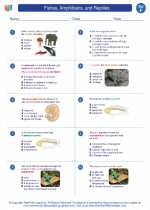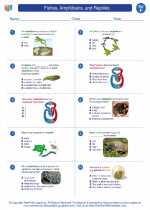Myelin Sheath
The myelin sheath is a protective covering that surrounds nerve fibers, allowing for the efficient transmission of electrical signals along the nerve cells. It is composed of lipids and proteins and is produced by specialized cells called oligodendrocytes in the central nervous system and Schwann cells in the peripheral nervous system.
Structure of the Myelin Sheath
The myelin sheath is made up of multiple layers of cell membrane wrapped around the nerve fibers. These layers form a segmented, fatty insulating material that acts as an electrical insulator, increasing the speed of nerve impulse conduction.
Function of the Myelin Sheath
The main function of the myelin sheath is to enhance the speed and efficiency of nerve impulse transmission. By insulating the nerve fibers, the myelin sheath allows for saltatory conduction, where the nerve impulse jumps from one node of Ranvier to the next, significantly increasing the speed of signal transmission along the nerve cell.
Related Health Conditions
Damage to the myelin sheath can lead to serious health conditions, such as multiple sclerosis (MS), where the immune system attacks the myelin sheath, leading to impaired nerve function and communication.
Study Guide
- What is the composition of the myelin sheath?
- Which cells produce the myelin sheath in the central nervous system and the peripheral nervous system?
- How does the myelin sheath enhance the speed of nerve impulse conduction?
- What is saltatory conduction, and how does the myelin sheath facilitate it?
- What health condition is associated with damage to the myelin sheath?
These questions can help you review and test your understanding of the myelin sheath. It's important to understand the structure and function of the myelin sheath, as well as its significance in nerve impulse transmission and related health conditions.
.◂Science Worksheets and Study Guides Sixth Grade. Fishes, Amphibians, and Reptiles

 Activity Lesson
Activity Lesson
 Worksheet/Answer key
Worksheet/Answer key
 Worksheet/Answer key
Worksheet/Answer key
 Worksheet/Answer key
Worksheet/Answer key
 Worksheet/Answer key
Worksheet/Answer key
 Vocabulary/Answer key
Vocabulary/Answer key
 Vocabulary/Answer key
Vocabulary/Answer key
 Vocabulary/Answer key
Vocabulary/Answer key
 Vocabulary/Answer key
Vocabulary/Answer key
 Vocabulary/Answer key
Vocabulary/Answer key
